NEWS
See more
Understanding Indoor Fixed Displays: The Future of Visual Communication
Indoor fixed displays are a crucial component in the world of visual communication, serving as powerful tools for conveying information, entertainment, and marketing messages. These displays are designed to be installed in permanent locations, providing consistent and high-quality visuals for audiences in various settings, including retail spaces, corporate environments, and public venues.
One of the key features of indoor fixed displays is their ability to deliver stunning image quality. Utilizing advanced LED technology, these displays offer vibrant colors, high contrast ratios, and excellent brightness levels, ensuring that content is easily visible even in well-lit environments. The resolution of indoor fixed displays can vary, with options ranging from standard HD to ultra-high-definition, allowing users to select the best fit for their specific application.
Another significant advantage is the flexibility in content management. Indoor fixed displays can be easily integrated with content management systems (CMS), enabling users to update and schedule content remotely. This feature is particularly beneficial for businesses that need to change advertisements or information frequently. The ability to display dynamic content, such as videos and animations, further enhances audience engagement, making indoor fixed displays an effective choice for marketing and information dissemination.
Additionally, indoor fixed displays are energy efficient, particularly when using LED technology. This not only reduces operational costs but also aligns with sustainability goals, which is increasingly important to many organizations. They generate less heat compared to traditional displays, contributing to a more comfortable indoor environment and reducing the need for extensive cooling systems.
In terms of installation, indoor fixed displays are versatile. They can be mounted on walls, suspended from ceilings, or even integrated into architectural features. This adaptability allows businesses to utilize various spaces effectively, maximizing visibility and impact. Moreover, advancements in technology have led to the development of slimmer and lighter displays, making installation easier and more efficient.
From retail environments showcasing promotions to corporate settings displaying vital information, the applications of indoor fixed displays are vast. In educational institutions, they can facilitate interactive learning experiences, while in transportation hubs, they offer real-time information to travelers.
In conclusion, indoor fixed displays represent a significant advancement in the realm of visual communication. Their exceptional image quality, content flexibility, energy efficiency, and versatile installation options make them an indispensable asset for various industries. As businesses continue to seek innovative ways to engage their audiences, indoor fixed displays will undoubtedly play a pivotal role in shaping the future of communication.
One of the key features of indoor fixed displays is their ability to deliver stunning image quality. Utilizing advanced LED technology, these displays offer vibrant colors, high contrast ratios, and excellent brightness levels, ensuring that content is easily visible even in well-lit environments. The resolution of indoor fixed displays can vary, with options ranging from standard HD to ultra-high-definition, allowing users to select the best fit for their specific application.
Another significant advantage is the flexibility in content management. Indoor fixed displays can be easily integrated with content management systems (CMS), enabling users to update and schedule content remotely. This feature is particularly beneficial for businesses that need to change advertisements or information frequently. The ability to display dynamic content, such as videos and animations, further enhances audience engagement, making indoor fixed displays an effective choice for marketing and information dissemination.
Additionally, indoor fixed displays are energy efficient, particularly when using LED technology. This not only reduces operational costs but also aligns with sustainability goals, which is increasingly important to many organizations. They generate less heat compared to traditional displays, contributing to a more comfortable indoor environment and reducing the need for extensive cooling systems.
In terms of installation, indoor fixed displays are versatile. They can be mounted on walls, suspended from ceilings, or even integrated into architectural features. This adaptability allows businesses to utilize various spaces effectively, maximizing visibility and impact. Moreover, advancements in technology have led to the development of slimmer and lighter displays, making installation easier and more efficient.
From retail environments showcasing promotions to corporate settings displaying vital information, the applications of indoor fixed displays are vast. In educational institutions, they can facilitate interactive learning experiences, while in transportation hubs, they offer real-time information to travelers.
In conclusion, indoor fixed displays represent a significant advancement in the realm of visual communication. Their exceptional image quality, content flexibility, energy efficiency, and versatile installation options make them an indispensable asset for various industries. As businesses continue to seek innovative ways to engage their audiences, indoor fixed displays will undoubtedly play a pivotal role in shaping the future of communication.
Related News









